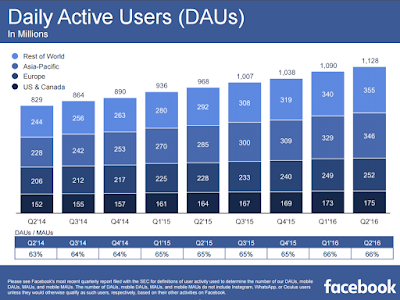The CORD Project (Central Office Re-architected as a Datacenter) is moving rapidly beyond the proof-of-concept and gaining support of major telcos and cloud providers such as AT&T, China Unicom, Google, Telefonica and Verizon, said Guru Parulkar, speaking at the inaugural CORD Summit, which was held 29-July-2016 at the Google campus in Silicon Valley. CORD, which originated at ON.Lab, is now managed under The Linux Foundation.
The sold-out CORD Summit attracted about 200 participants from a diverse array of companies, ranging from silicon providers, system vendors, software developers, cloud companies and global carriers.
Some highlights:
http://www.opencord.org
The sold-out CORD Summit attracted about 200 participants from a diverse array of companies, ranging from silicon providers, system vendors, software developers, cloud companies and global carriers.
Some highlights:
- CORD has just released its first open reference implementation built on SDN, NFV, Cloud and open source platforms such as ONOS, Trellis, OpenStack, Docker and XOS.
- CORD will leverage merchant silicon, white boxes servers, bare metal switches and open source software platforms.
- XOS is the Everything-as-a-Service paradigm featuring service composition, multi-tenant services, and services with scalability and high availability;

- ONOS is the SDN OS for service providers also developed at ON.Lab. It targets scalability, performance, high availability, abstractions for apps and devices
- Trellis is open source SDN fabric on bare metal, combined with virtual network overlay, unified control of underlay and overlay and many applications;
- CORD is not only servers/switches but also network access boxes, including FTTH, LTE, etc.
- the CORD project is divided into the following domains: Mobile, Residential, and Enterprise.
- CORD introduces an SDN-enabled central office fabric with multiple levels of resiliency.
- CORD is using OpenStack and Docker to support a micro-services approach
- Google's Craig Barrett noted that his company has made considerable investments in SDN and NFV, and that it has huge network access project underway, such as Google Fiber in a growing number of U.S. cities, Wi-Fi/mobile access services, and even the futuristic Google Loon balloon Internet project. In India, Google's project with RailTel is already delivering Internet service to train commuters using a Wi-Fi + subscriber management system running in a cloud, not a traditional central office.
- AT&T's Al Blackburn spoke about this company's commitment to open source projects, including CORD and its ECOMP
- Newly announced CORD collaborators include Broadband Forum, Lime Micro (open source Software Defined Radio products), NTT East, Quortus and Telefonica. The five new collaborator companies also joined the ONOS Project
- Last week, CORD announced Google, Radisys and Samsung Electronics Co. as new members. Original backers include AT&T, China Unicom, Google, NTT Communications, SK Telecom, and Verizon, vendors Ciena, Cisco, Fujitsu, Intel, NEC, Nokia, etc.


http://www.opencord.org









































